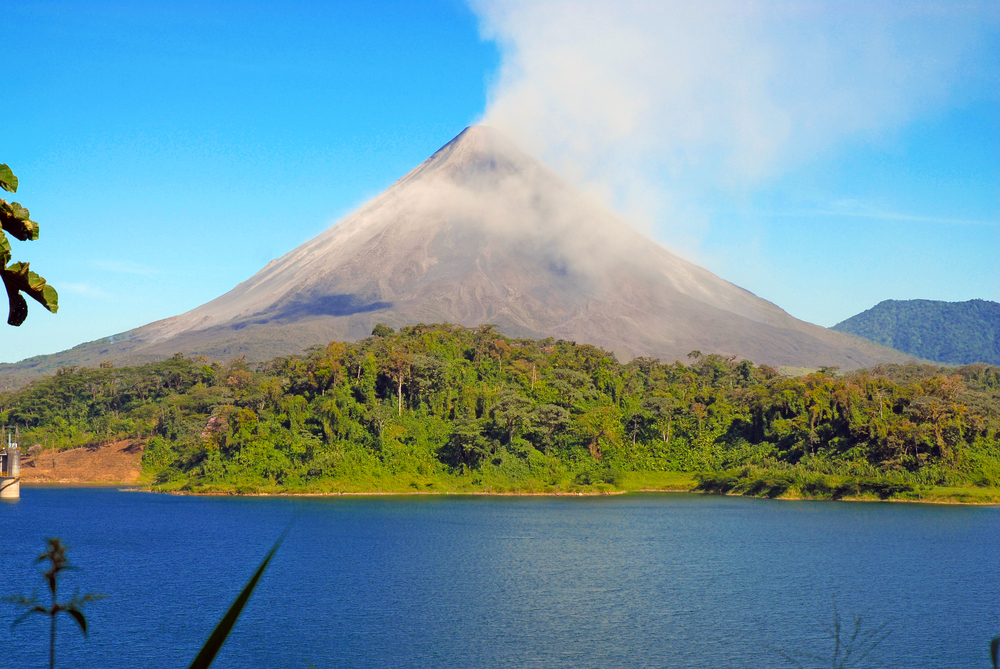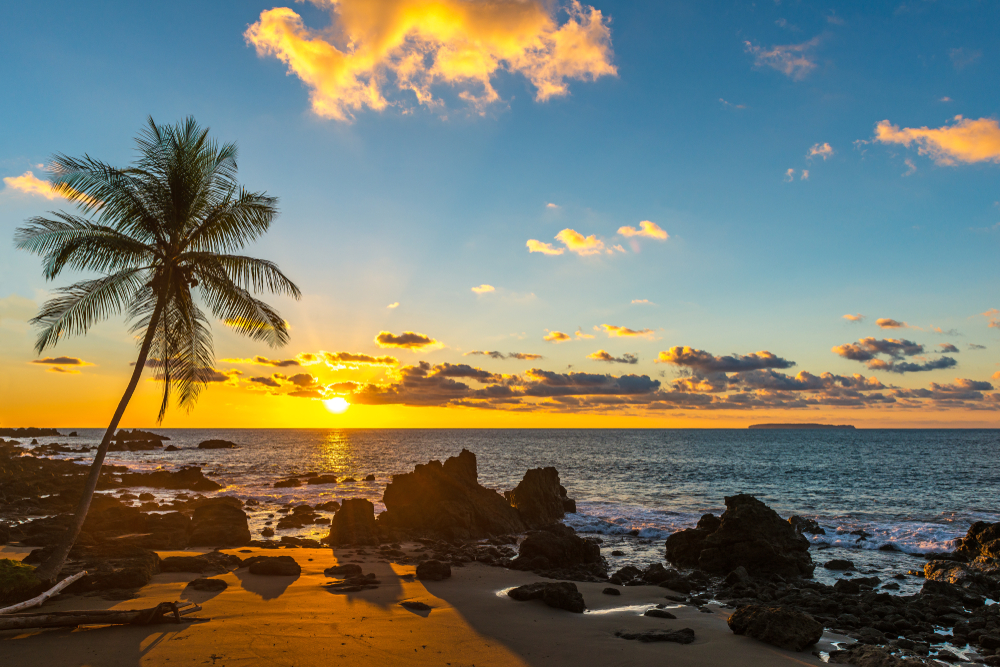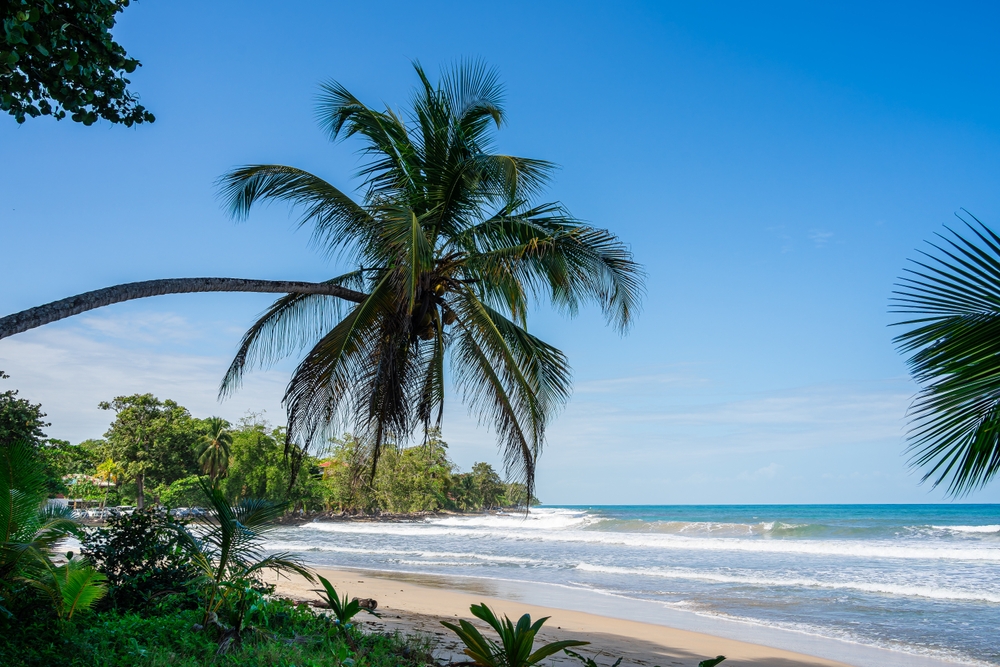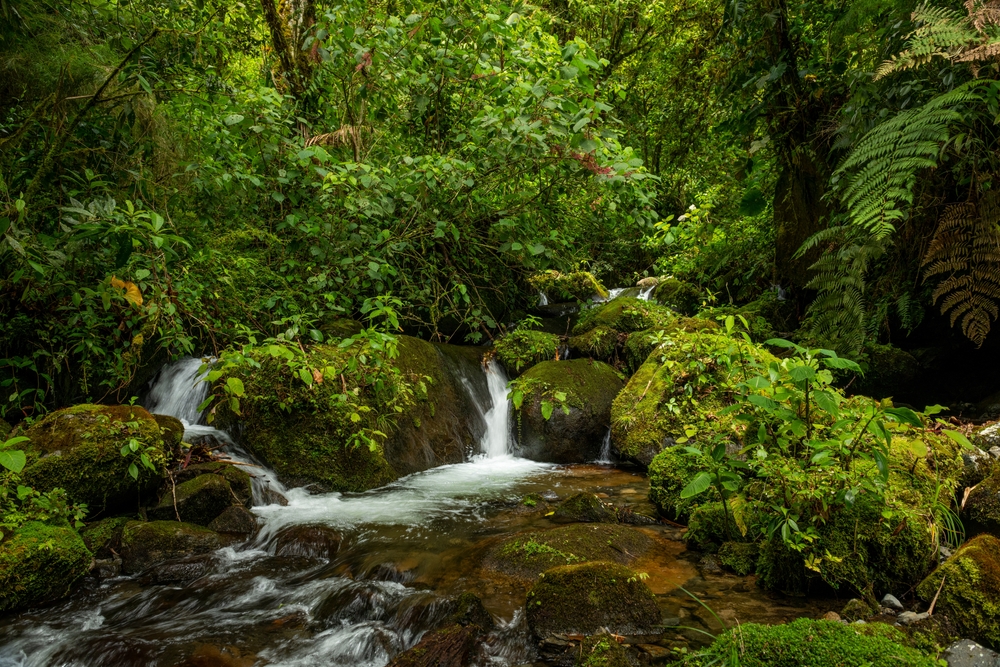Carara Overview
Carara National Park, known locally as Parque Nacional Carara, is a biologically rich and ecologically significant protected area in Costa Rica. Spanning approximately 20 square miles (52 square kilometers), it is located in the Puntarenas Province, near the Central Pacific coast, and lies about 30 miles (48 kilometers) west of the capital, San José.
The park’s strategic location at the transition zone between the tropical dry forests of the north and the humid rainforests of the south makes it one of the most ecologically diverse areas in the country. It is particularly renowned for being one of the best places to see scarlet macaws in the wild, as it protects a large nesting population of this vibrant and endangered species.
The terrain of Carara National Park is characterized by rolling hills, dense forests, and the presence of the Tárcoles River, which runs along its northern boundary. This river is famous for its population of American crocodiles, which can often be seen basking along the banks or swimming in the waters.
The landscape within the park consists of a mix of primary and secondary rainforest, gallery forests, and patches of dry tropical forest, which together create a unique and varied habitat that supports a wide range of plant and animal species.
Towering trees such as the giant kapok, strangler figs, and wild cashew trees dominate the landscape, while thick undergrowth provides shelter for numerous smaller species. The humid environment sustains an incredible diversity of flora, including bromeliads, orchids, and lianas that drape over the trees.
Carara National Park is famous for its wildlife, particularly its bird species. It is one of the best birdwatching destinations in Costa Rica, with more than 400 bird species recorded within its boundaries. The scarlet macaw is the most iconic species found here, with its brilliant red, yellow, and blue plumage standing out against the green jungle. Other notable bird species include trogons, motmots, manakins, and various species of toucans and parrots.
In addition to birds, the park is home to an array of mammals, including white-faced capuchin monkeys, mantled howler monkeys, and Central American agoutis. The elusive jaguarundi and ocelot also inhabit the park, though they are rarely seen. Reptiles and amphibians are abundant as well, with poison dart frogs, basilisk lizards, and boa constrictors being among the species that can be spotted.
Visitors to Carara National Park often explore its well-maintained trail system, which offers easy access to the park’s stunning biodiversity. The Universal Access Trail is one of the park’s highlights, designed to accommodate visitors of all abilities, including those with mobility challenges.
This paved trail passes through dense rainforest and offers excellent opportunities for wildlife spotting. Another popular route is the Laguna Meándrica Trail, which winds through wetlands and offers prime birdwatching opportunities. The Tárcoles River, just outside the park, provides additional chances to see large crocodiles on boat tours. Many visitors also combine a trip to Carara with a visit to the nearby beaches of the Central Pacific coast, including Jaco and Playa Herradura.
Conservation efforts within Carara National Park have been successful in protecting vital habitats, especially for the scarlet macaw population, which has stabilized thanks to reforestation initiatives and habitat protection.
However, challenges such as habitat fragmentation and the pressures of increasing tourism remain concerns for park management. Efforts to mitigate human impact include controlled visitor access, education programs, and research projects aimed at understanding the park’s ecological dynamics.
The park’s status as a biological corridor between different ecosystems makes it an essential refuge for many species and a key part of Costa Rica’s extensive national park system.


















































































